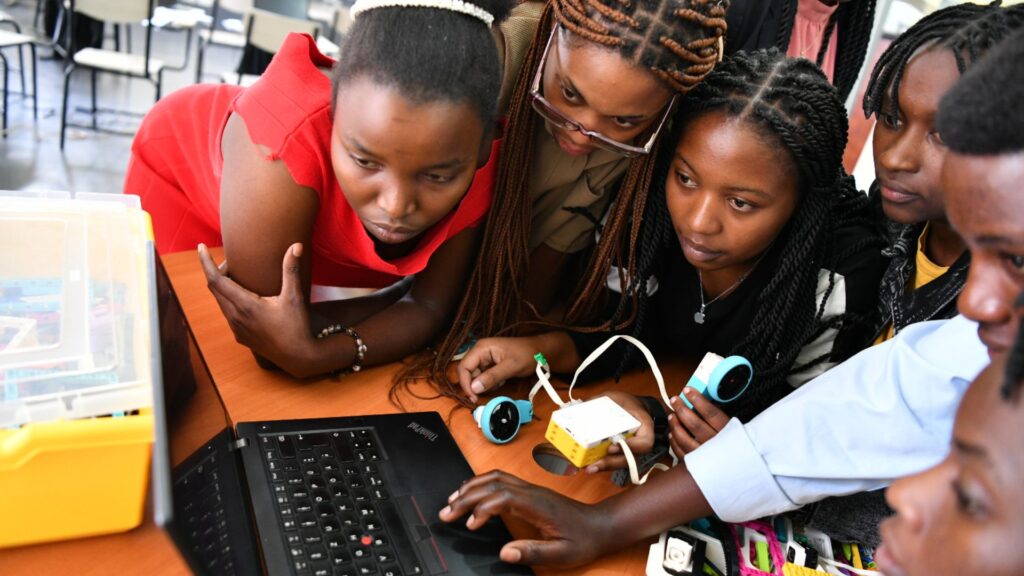|
Getting your Trinity Audio player ready...
|
Understanding the Landscape
1. The Modern Challenges
The contemporary youth face an array of challenges, including academic stress, social pressures, and the constant influx of information through digital channels. Acknowledging these challenges is the first step in fostering a supportive environment. Despite progress, stigma persists around mental health issues. Discussing the importance of breaking down these barriers, encouraging open conversations, and promoting a culture of understanding.
2. The Stigma Surrounding Mental Health
Despite progress, stigma persists around mental health issues. Discussing the importance of breaking down these barriers, encouraging open conversations, and promoting a culture of understanding.
Holistic Strategies for Youth Well-being
3. Education on Mental Health
Implementing mental health education in schools and colleges, emphasizing emotional intelligence, self-awareness, and coping mechanisms to empower youth to navigate life’s challenges.
4. Accessible Support Systems
Developing easily accessible support systems, including school counsellors, mental health hotlines, and community resources, to ensure that help is readily available when needed.
5. Physical Activity and Well-being
Highlighting the link between physical activity and mental health, advocating for the inclusion of sports and exercise in educational curricula to promote holistic well-being.
Technology and its Impact
6. Digital Detox Practices
Recognizing the impact of technology on youth mental health and encouraging digital detox practices. Providing tips on maintaining a healthy relationship with technology.
7. Positive Digital Spaces
Promoting the creation of positive online communities, fostering support and understanding. Encouraging responsible use of social media platforms for mental well-being.
8. Balancing Screen Time
Expanding on the impact of prolonged screen time on mental health and offering practical advice on setting healthy boundaries for digital consumption.
9. Technology Addiction and Mental Health
Addressing the rising concern of technology addiction among youth and its potential impact on mental health. Discussing strategies for fostering a balanced relationship with technology.
Addressing Specific Mental Health Issues
10. Anxiety and Stress Management
Providing practical strategies for managing anxiety and stress, including mindfulness exercises, breathing techniques, and time-management skills.
11. Depression and Loneliness
Offering insights into recognizing signs of depression and loneliness, along with strategies for building connections, seeking professional help, and creating a support network.
12. Online Counseling and Teletherapy
Discussing the rise of online counselling platforms and teletherapy services, making mental health support more accessible to the youth, especially in remote areas.
13. Substance Abuse Awareness
Shedding light on the connection between mental health and substance abuse among youth. Promoting awareness and resources for prevention and intervention.
Cultivating a Supportive Environment
14. Family and Community Involvement
Emphasizing the role of families and communities in creating supportive environments. Encouraging open communication and reducing the fear associated with seeking help.
15. Peer Support Programs
Advocating for the implementation of peer support programs in educational institutions, where students can share experiences and support one another.
16. Parental Guidance in the Digital Age
Guiding parents on navigating the digital landscape with their children, fostering a healthy online environment while staying vigilant about potential challenges.
17. Building Resilience Through Mentorship
Highlighting the benefits of mentorship programs for youth, connecting them with positive role models who can offer guidance and support.
The Role of Holistic Well-being in Academic Success
18. Balancing Academic Expectations
Addressing the pressure of academic success and promoting a balanced approach that prioritizes mental health alongside educational achievements.
19. Incorporating Mindfulness Practices
Exploring the benefits of incorporating mindfulness practices in academic settings to enhance focus, concentration, and overall well-being.
20. Promoting Creative Outlets
Recognizing the importance of creative expression and extracurricular activities in providing avenues for self-discovery and stress relief.
Conclusion
In the realm of youth mental health and well-being, fostering resilience is paramount. This comprehensive guide underscores the importance of adopting a holistic approach, encompassing education, accessible support systems, and strategies for specific mental health challenges. By cultivating a supportive environment and acknowledging the unique landscape of today’s youth, we pave the way for resilient, empowered, and flourishing generations.
You may also be interested in the following:
Challenges Facing Youths Today: Top Concerns
Youth Culture: Decoding the Digital Tapestry of the Next Generation
Youth Identity Exploration on Social Media





